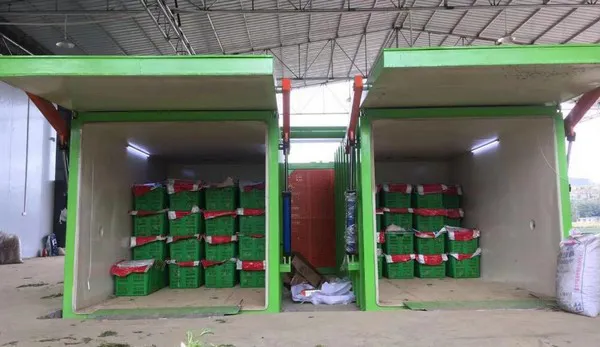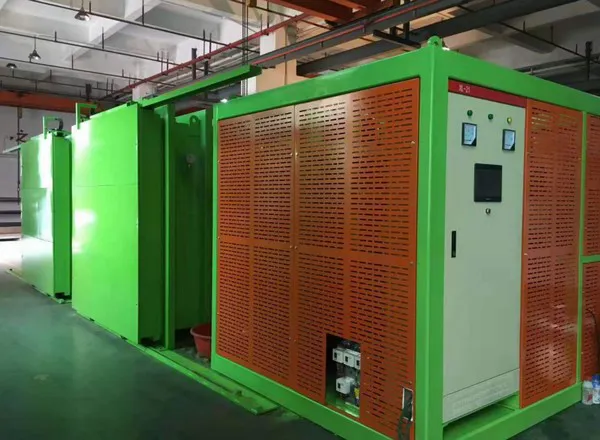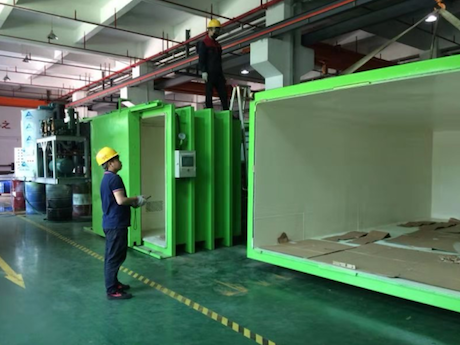Various cooling methods could be used for cooling broccoli. However, each method has its own advantages and disadvantages. According to Arvin Lau from Vegfor, choosing the best method for cooling will depend on equipment efficiency, equipment costs and product volumes. In recent years he has seen an ongoing trend - more people are searching for different ways to cool their broccoli and do not accept the old fashioned way anymore. 
As Arvin explains: "In some countries, broccoli is often packed in the field, then cooled using an ice injection system. This system is mainly used to maintain temperatures during storage, transport and distribution. In general, ice cooling for broccoli is not efficient and will lead to uneven cooling. It is also cost-inefficient, as a large amount of energy is needed to remove the heat from water in order to make ice."
"It is estimated that 1kg of ice is required to chill 3kg of broccoli from 20°C to 4°C. So if you only produce a small amount of broccoli, ice cooling could still be a good method, but if you have larger amounts of broccoli to process, this is not the case. Regarding large-scale plantations of broccoli, vacuum cooling is more energy efficient and cheaper cooling method for growers. Therefore you see that those larger production factories are searching for new ways to cool their products in a faster and safer way and vacuum cooling is one of them."
"Vacuum cooling cools broccoli through the hidden heat of vaporization — that is, the heat absorbed by liquid water when it turns into vapor. To cool one ton of broccoli from 20°C to 4°C, 26kg of liquid water needs to turn into vapor (assuming other materials do not add heat to the system). In this case there is no need to cool pipes, reservoirs or any equipment other than the bin the broccoli is contained in. The cooling is very efficient, as it has an overall efficiency of 82% and an estimated energy consumption of 78MJ/ton. Vacuum cooling is also quick, typically it takes 25−30 minutes for a cycle of vacuum cooling to cool broccoli from 20°C to 4°C."
According to Arvin Lau, different growers will choose their own most suitable cooling method, considering the investment costs of the equipment, the effects on product quality and the requirement of cooling efficiency for one day.
"Although a vacuum cooler is considered as a significant investment, the faster cooling times achieved may preserve quality and extend storage life. This is particularly important for products such as baby spinach or lettuce, but may also be critical for broccoli during warm harvest conditions. Therefore it's not a short term investment for a grower, but a long term investment which will benefit the grower in the future."
"If you want know more about our vacuum cooler, you are very welcome to consult us. Vegfor will offer you an affordable and reliable vacuum cooling solution."
For more information:
Arvin Lau
Vegfor Cooling Technology Limited
E-mail: arvin.lau@vegfor.com
https://www.vegfor.com
